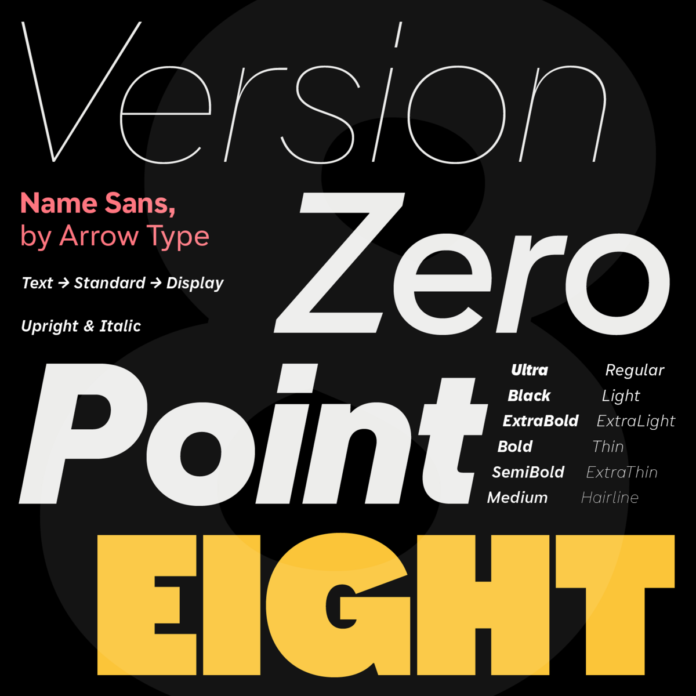Fonts are the building blocks of written communication, shaping the way we perceive information and interact with content. But the world of fonts extends far beyond simply choosing bold or italic. A plethora of font styles exists, each with its own distinct personality and purpose. Let’s embark on a journey to decode these styles, exploring their characteristics, impact on readers, and how to choose the perfect one to elevate your message.
A Symphony of Form: The Major Font Style Families
The two main branches of the font styles family tree are serifs and sans-serifs. Understanding their differences is a crucial first step:
- Serifs: These fonts have small decorative strokes at the ends of their main strokes. They evoke a sense of tradition, formality, and elegance, often used in printed materials like books, newspapers, and legal documents. Examples include Times New Roman, Garamond, and Georgia.
- Sans-serifs: These fonts lack serifs, creating a clean and modern aesthetic. They convey a sense of simplicity, clarity, and efficiency, making them ideal for websites, user interfaces, and branding for tech-savvy companies. Examples include Arial, Helvetica, and Proxima Nova.
Beyond the Basics: Exploring Substyles Within Families
The story doesn’t end with serifs and sans-serifs. Each family boasts a diverse range of substyles, catering to various communication needs:
- Slab Serifs: Bold and impactful, often used in headlines and logos for a strong visual statement. Examples include Rockwell and Clarendon.
- Humanist Sans-Serifs: These fonts add a touch of warmth and friendliness to the clean lines of sans-serifs, often seen in website body text and branding for approachable companies. Examples include Gill Sans and Museo Sans.
- Decorative Fonts: Adding a touch of flair and personality, these fonts are ideal for invitations, greeting cards, and creative projects. Examples include Lobster and Pacifico.
- Monospaced Fonts: Each character occupies the same width, making them perfect for code snippets and typewriter-inspired designs. Examples include Courier New and Consolas.
The Psychology of Style: How Fonts Influence Us
The style you choose goes beyond aesthetics; it can subtly influence the perception of your message. Here’s how:
- Serifs: Convey a sense of trust, authority, and tradition, perfect for financial documents or legal publications.
- Sans-serifs: Offer a modern, clean aesthetic, ideal for websites and branding for tech companies.
- Script Fonts: Evoke a sense of personality and informality, suitable for invitations or social media posts targeting a younger audience.
- Decorative Fonts: Add a playful and whimsical touch, perfect for creative projects like children’s books.
Choosing the Right Style: A Guide for Effective Communication
With so many options at your disposal, selecting the perfect font style can feel overwhelming. Here are some practical tips:
- Consider the context: Are you creating a website, a printed brochure, or a social media post? Different contexts require different font styles.
- Target audience: Who are you trying to reach? Understanding their preferences can guide your choice.
- Brand identity: Does the font style align with your brand personality and overall design aesthetic?
- Readability is key: Choose styles that are clear and easy to read, especially for body text.
- Hierarchy and contrast: Use different styles strategically to create visual hierarchy and guide readers through your content.
Beyond the Usual Suspects: Exploring Unique Font Styles
Venture beyond the classic options and discover hidden gems:
- Blackletter: An ornate and decorative style, perfect for adding a touch of historical elegance to invitations or logos.
- Geometric Sans-serif: Offering a sense of modernism and precision, often used in branding for tech or design companies. Examples include Futura and Eurostile.
- Stencil Fonts: Inspired by letterforms cut from stencils, these fonts add a playful and industrial touch. Examples include Stencil Std and Bank Gothic.
- Brush Fonts: Mimicking the texture of hand-painted lettering, ideal for adding a personal and artistic touch to creative projects. Examples include Sacramento and Lobster Two.
From Style to Impact: The Final Note
Font styles are more than just visual variations; they are powerful tools for setting the tone, influencing perception, and elevating communication. By understanding the nuances of different styles, their psychological impact, and how to use them strategically, you can unlock their potential and craft messages that resonate with your audience. Explore, experiment, and let your chosen font styles become your voice, shaping the way your message is heard and understood.

